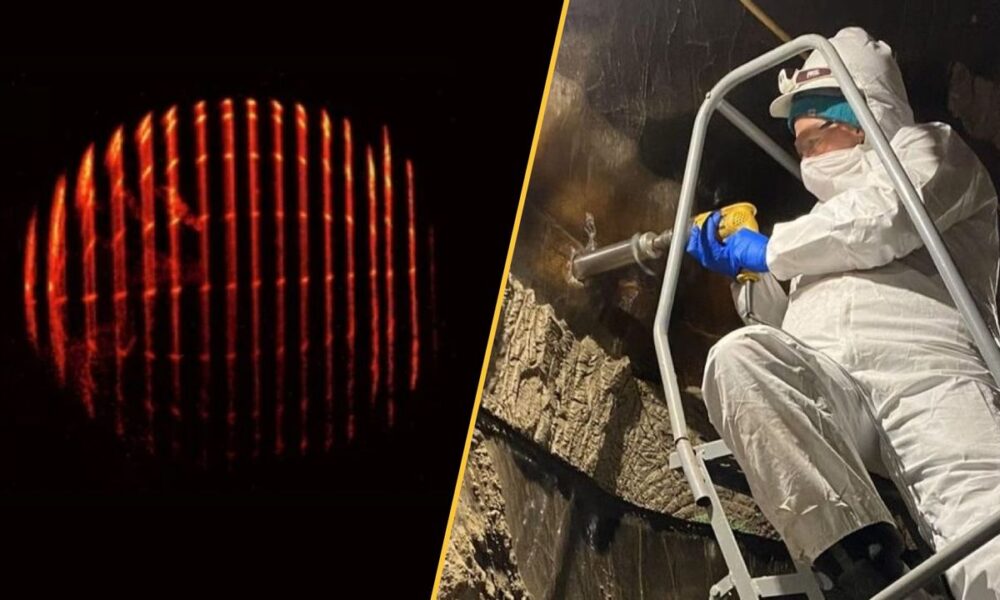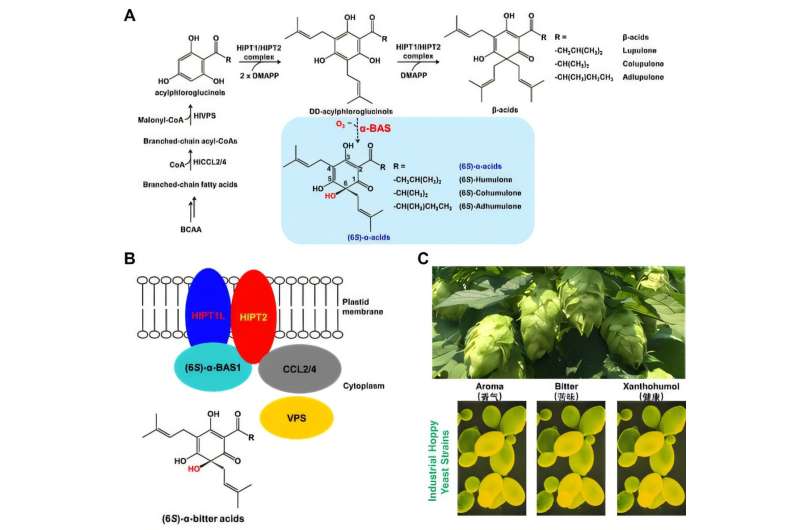The University of Hawaiʻi at Mānoa has secured a pivotal role in a national initiative aimed at harnessing artificial intelligence (AI) to enhance environmental monitoring and disaster preparedness. This project, known as Sage Grande, is backed by $25.6 million from the National Science Foundation (NSF) and will establish 300 advanced sensor systems across the United States. These sensors are designed to provide real-time data on natural disasters, including wildfires, floods, and volcanic eruptions.
The introduction of this technology allows for immediate analysis of environmental conditions directly at the source. This capability eliminates the need for data to be transmitted to remote servers, enabling faster alerts for communities, scientists, and policymakers. With more timely updates, the project aims to significantly improve disaster response efforts in vulnerable areas.
Jason Leigh, the director of the Laboratory for Advanced Visualization and Applications at UH Mānoa, expressed enthusiasm for the integration of cutting-edge technology into practical applications. “By joining Sage Grande, UH is not only advancing disaster preparedness and environmental science but also giving our students hands-on experience with cutting-edge AI,” he stated. The project not only focuses on innovation but also aims to empower the local community by providing valuable training in AI and environmental science.
Deployment Plans and Local Impact
The deployment of sensors throughout the Hawaiian Islands is slated for next year. Specific locations for the installations are yet to be determined, but plans include placing two to three sensors across the archipelago. This initiative builds upon UH’s existing research capabilities, particularly in areas prone to natural disasters.
In Hawaiʻi Volcanoes National Park, a prototype of the Sage sensor has already been employed by students to analyze real-time data from the Kīlauea volcano. This ongoing project has demonstrated how AI can assist in answering critical questions, such as determining whether an eruption is imminent.
The university’s efforts extend to Lahaina, where a similar sensor has been installed to monitor air quality and fire risks in the wake of the devastating 2023 wildfires. This project, supported by a separate NSF grant, aims to collect climate and pollution data, aiding recovery efforts while also informing future planning. Local students are actively involved in the setup and operation of these instruments, gaining invaluable experience in both environmental science and AI technologies.
Future Prospects and Community Engagement
The Sage Grande initiative not only represents a significant technological leap but also reflects an ongoing commitment to community safety and environmental stewardship. Leigh emphasized the importance of this approach, saying, “Imagine if Hawaiʻi were like you have smoke sensors everywhere just like we have smoke sensors in your homes. You can sleep better at night knowing that somebody is paying attention to the environment.”
As the project unfolds, the collaborative efforts between researchers, students, and local communities are expected to foster a greater understanding of environmental challenges and enhance disaster preparedness. With the integration of AI, the Sage Grande project stands to revolutionize how communities monitor and respond to natural disasters, ensuring that Hawaiʻi is well-equipped to face future challenges.







